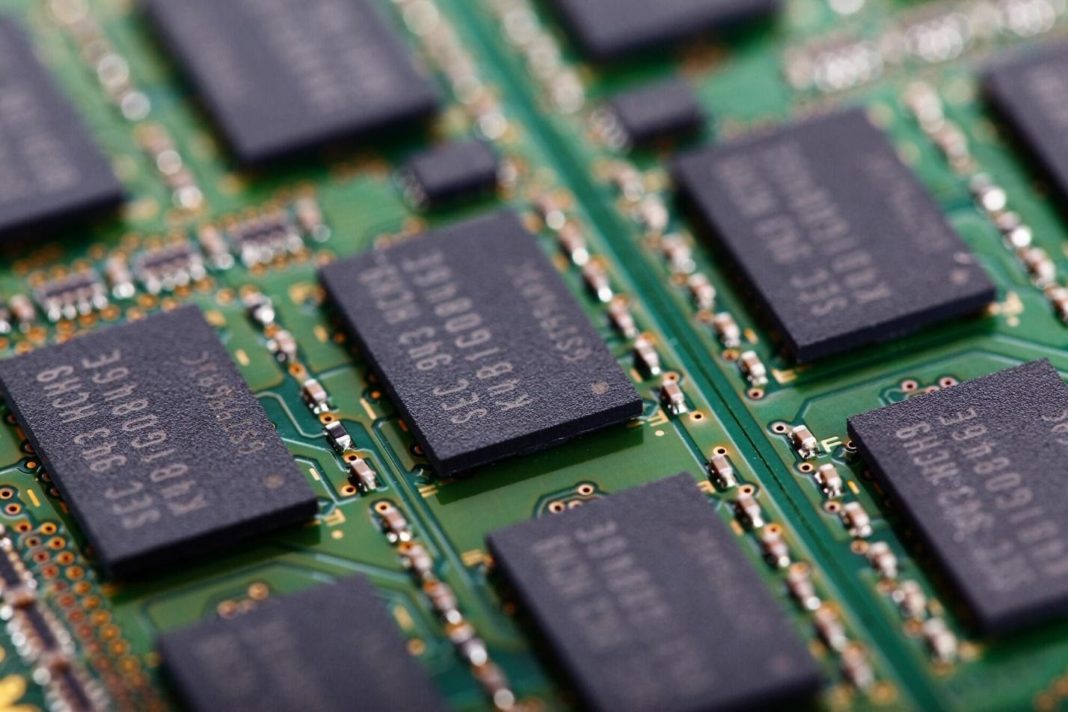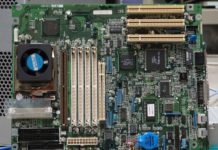Here’s a fact for you to test your memory on quiz night. Did you know that RAM stands for Random Access Memory?
Now, of course, we’re talking about a different kind of memory here. But it’s surprisingly similar to your memory. That’s because the more memory that your computer has, and the cleaner (or in the brain’s case, clearer) the computer, the better it can handle all those programs and processes at once.
But before you go out and buy a new PC with twice as much RAM, hold up. Because we’ve compiled a guide full of tips you should know about getting a RAM upgrade on your system.
Do I Need Extra RAM?
The answer to this question depends on how much memory your computer has and what you’re planning to do with it. Suppose you have an older PC that’s running slow or is taking up space.
Upgrading the amount of RAM in your system can make a big difference. But if you’ve got a powerful machine that’s already maxed out, adding more RAM won’t help much at all.
The best way to see if you need more RAM is to go through your diagnostic process. Following these steps will help you decide if it’s your RAM that’s the issue.
Defragment Your Hard Drive
First, start by defragging your hard drive. That way, you will remove any files that are cluttering up your disk.
In turn, that could cause your computer to run slower than usual. You’ll also want to check to make sure that your Windows operating system or MacBook isn’t using up too much RAM.
Remove Old and Duplicate Files
Next, look through your computer’s file folders to see if anything is taking up extra space. Remove old documents, photos, and videos.
That way, you can free up some valuable storage space. And delete files that are duplicated to free up even more space than before.
Run a Deep Virus Scan
Finally, scan your entire computer for viruses and malware. Make sure that everything is clean and safe. It may seem like a lot of work, but it’s no different from leaving your home with all the doors and windows open!
Update Software
Finally, update any software that you may not have installed in the right way. For example, suppose you use Microsoft Office, and you’ll want to install updates to keep your program up-to-date.
Most operating systems update themselves in the background. But it’s worth checking in case a setting turned off in the past.
Check Your Start-Up Settings
Ever wondered why your computer always tries to start up every program or app you own? Well, check your start-up settings, and some programs launch by themselves when you turn on your computer.
Others only launch when you log into your account. By default, many programs launch whenever you boot up.
What RAM Do I Need?
So you’ve done all the above steps to get your computer running smooth and on form, yet it still feels too slow. Now it’s time to look at upgrading your RAM. But what does that look like to the average user?
The easiest way to check is to look at the specifications of your pre-built computer. Or, if you built it yourself, you should know what RAM you purchased in the first place. Failing that, check in the system settings.
It is often an “about this device” section; it gives you all the information you need. It not only helps you with your RAM but also gives you information as well about other components.
Is All Ram the Same?
Yes and no. Within the physical size, type and capacity, yes. But if you’re a high-end user like a gamer, make sure to do your research and look at reviews to see what others say.
In some cases, branded RAM is better because of extra warranties, and they’re more reliable. But in other cases, you may find yourself overpaying for extra features you don’t need.
How to Upgrade RAM
RAM upgrades aren’t difficult to perform, but they do need a bit of technical knowledge. The good news is that RAM prices have come down much more so over the last few years. So, even though buying new RAM today costs less than ever, it still makes sense to upgrade. Here’s how:
- Disconnect your computer from power and unplug peripherals
- Open the back cover of your computer
- Locate the two black slots on either side of the motherboard. These are also known as DIMM slots or SO-DIMM slots.
- Insert one stick of RAM into each slot
- Close the back cover and plug the computer back in. Turn on the computer and let it load
If you’re looking to add more RAM to your system, we recommend that you buy a compatible brand.
That said, it doesn’t matter if you’re doing a MacBook Pro RAM upgrade, a Mac Mini RAM upgrade, or a MacBook Air RAM upgrade, or even an Acer Nitro 5 RAM upgrade. You’ll find they’re all very similar in how they operate.
RAM Upgrades Are Easy
Suppose you’re having trouble with your computer. Then there’s a chance that you need a RAM upgrade. Yet, before you go out and buy the latest model, consider these things first.
First, make sure you’re using the right RAM for your computer. Second, make sure you’re getting the best deal possible. Third, make sure you’re purchasing RAM from a reputable source. And finally, make sure you know how to do it!
Keep reading for more top IT advice that’ll turn you into a pro in no time!









